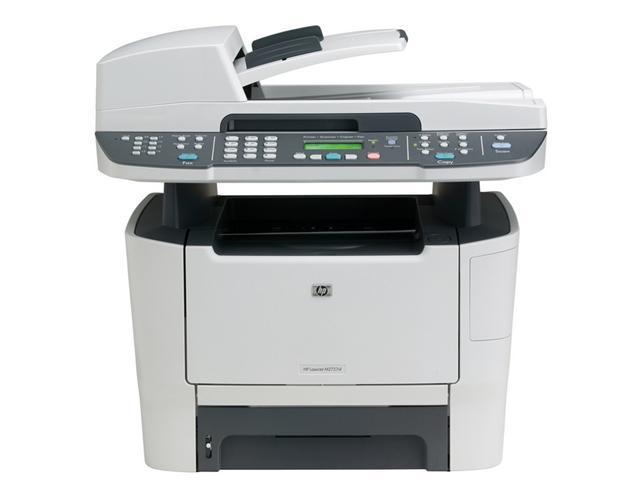
- HP UTILITY MANAGER INSTALL
- HP UTILITY MANAGER DRIVERS
- HP UTILITY MANAGER UPDATE
- HP UTILITY MANAGER DRIVER
- HP UTILITY MANAGER PASSWORD
HP UTILITY MANAGER PASSWORD
HP UTILITY MANAGER UPDATE
HP UTILITY MANAGER DRIVER
HP UTILITY MANAGER DRIVERS
Update 2: Intel Graphics Drivers - 15.40 64b - Version: 20.Update 1: Intel ME Firmware Corporate SKU - DT - Version: 9.Parameters: /TEMP:"C:\ssm" /SSMFS:"C:\_SMSTaskSequence\Packages\server00096" /SSMPATH:"C:\_SMSTaskSequence\Packages\server00096" \\serversys01\800G1SFF /install /a /edebug /noreboot /log:\\serversys01\800G1SFF\800g1Logs.
HP UTILITY MANAGER INSTALL
It detects needed updates, but does not install them. This is what shows in the deployment logs. I don't see any error messages in the log to explain why. and SSM is successfully running on the system, but no updates install. I'm following the instructions in the link above.

I need get the SSM tool deployment to work and I think I may be close. I may use it later for bare metal installs.


That just came out last month only supports SCCM 1702 and we will be updating Joe9493 wrote: "I won't be able to use CIK, because the latest version Hello Joe, thank you for your reply and tag. If it fails before OSD, then that's a different log and reason than if it fails after OSD and during app deployment phase. It also depends on when in your task sequence the deployment fails. It all depends on too many factors than I can articulate here without more useful details. Some errors required me to look at appenforce.log or appdiscovery.log. I don't have the inclination to look up that error code, but it's what I would do when troubleshooting any application deployment. Start with SMSTS.log, drill down to the failure, then look up the error codes and follow the breadcrumb trail from there. Running it from another network share can fail because the SCCM system account may not have access to those shares.Īlso, to echo all of the Microsoft MVPs, check your logs. In essence, you install HP's Config Mgr utility and you get an app from the command ribbon that downloads and packages drivers automatically.įailing that, deploying applications and running via command line, the first thing to ensure is that you copy over all of the needed files to the \\\sources share and then launch the command from there. They're a little late to the party, as Dell|Command was already there a few years ago (and after using HP's utility, Dell's is vastly superior). One is that HP has released a module that ties in to the console to bring down and deploy drivers. I can't verify the precise steps anymore, as I no longer have daily access to a Config Mgr console, but there are a few things to consider.


 0 kommentar(er)
0 kommentar(er)
